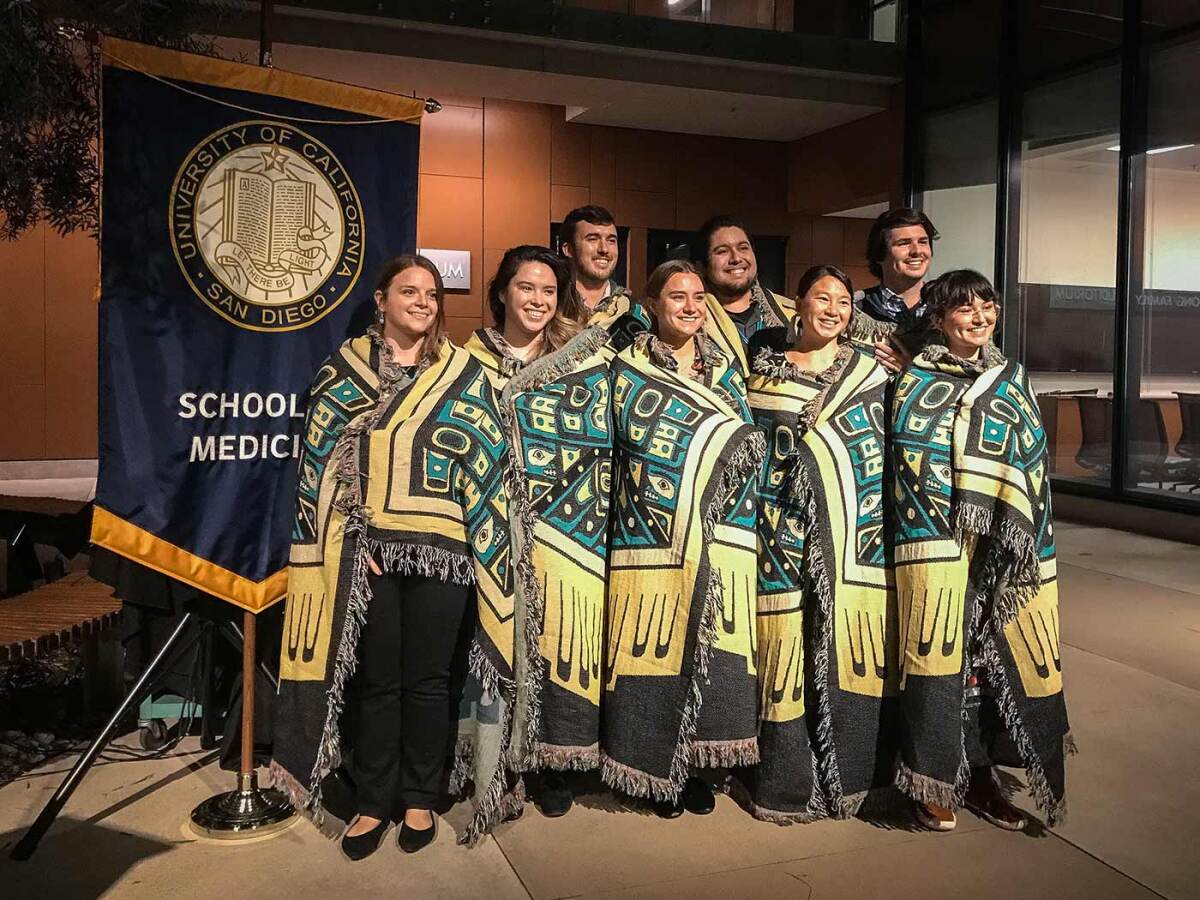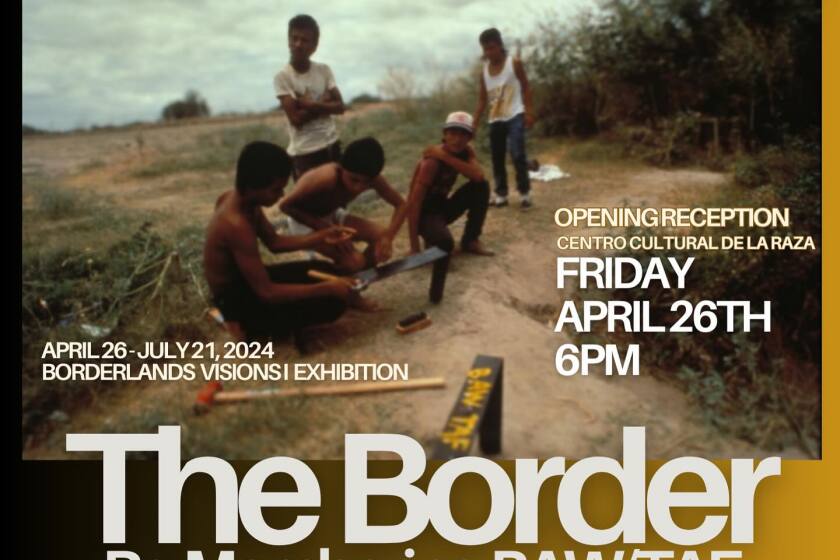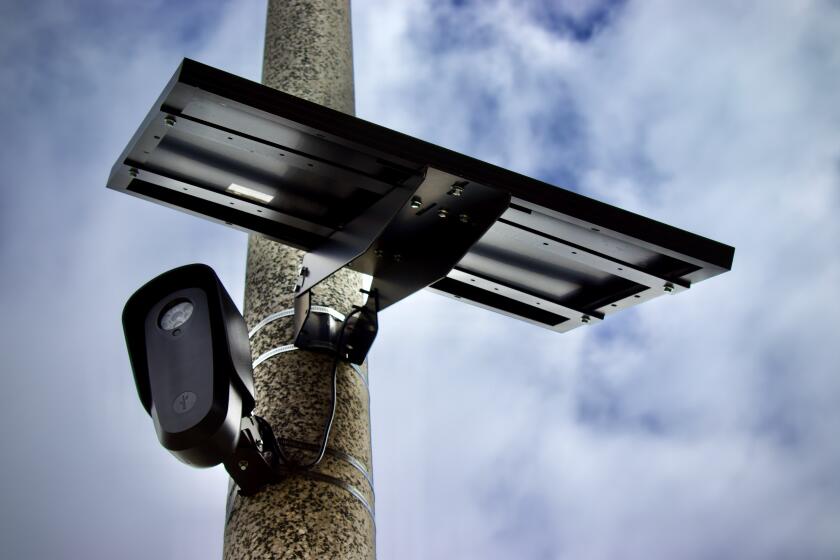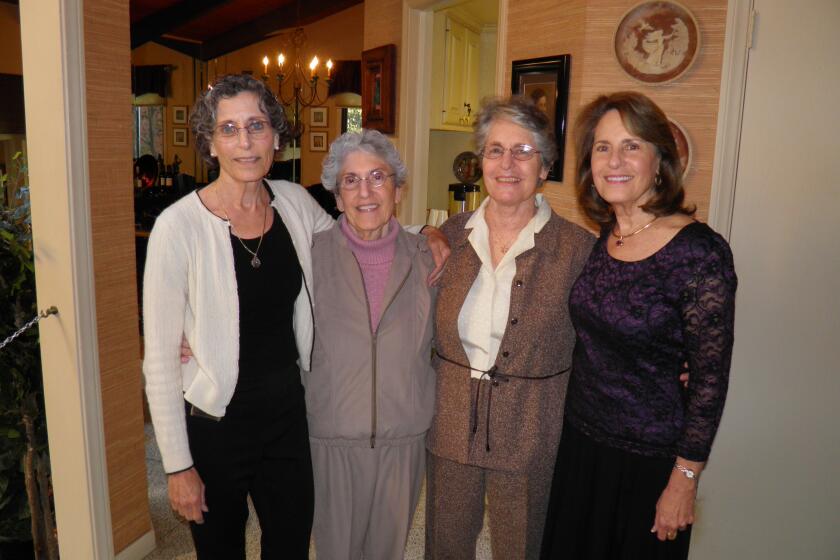Opinion: A new day dawns for Native American medical students

)
I rarely saw Native Americans in my textbooks. I learned a version of history that was not mine.
Calac is a medical student at the University of California San Diego. He was born and raised in Escondido.
The 2020 decennial U.S. Census was remarkable for Indian Country in California, with a nearly 100 percent increase in the number of people identifying as American Indian and Alaska Native alone, or in combination with another racial group, since 2010. At 1.4 million individuals or 3.6 percent of the state population, California has the largest Native American or Indigenous population in the United States, with 109 federally recognized tribal governments.
Unfortunately, we have seen little to no change in the number of Native American medical students in California from 2010 to 2020.
We provide this platform for community commentary free of charge. Thank you to all the Union-Tribune subscribers whose support makes our journalism possible. If you are not a subscriber, please consider becoming one today.
As a fourth-year medical student at UC San Diego School of Medicine also pursuing a Ph.D. in public health at the UC San Diego Herbert Wertheim School of Public Health and Human Longevity Science, I follow in the footsteps of my father, the first physician from our tribe.
On his side of the family, we descend from the Pauma Band of Luiseño Indians, the smallest of six federally recognized tribes sharing language and cultural practices in San Diego County. We occupy a small fraction of our traditional homelands on a reservation provided to us by the federal government in the late 19th century. While the word Luiseño was given to our people by the Spanish in the 18th century due to our proximity to Mission San Luis Rey de Francia, we refer to ourselves as the Payómkawichum or the “People of the West.”
Given that medical school is an increasingly isolating experience for Native American medical students, I often wonder why are there not more of us? Is it a “pipeline” issue?
Let’s think about it.
According to a 2019 joint report by the Sacramento Native American Higher Education Collaborative and the Community College Equity Assessment Lab at San Diego State University, Native American boys and girls are suspended and expelled from their K-12 studies at much higher rates than their peers in California. The worst suspension disparity was in middle school, where Native American boys were suspended at a statewide rate of 16.5 percent and girls at 9.1 percent. The worst K-12 expulsion disparity was in Kings County, where Native American boys were 40 times more likely to be expelled than the state average.
This is clearly a systemic issue.
Education was once used to assimilate and acculturate Native Americans. In San Diego, Luiseño and Kumeyaay youth were once sent to places like Perris Indian School and St. Anthony’s Indian School, where they were not taught math, science and the arts but instead were taught to forget. Forget who they are. Forget their language. Instead of playgrounds, these “schools” had graveyards.
This period followed the Spanish mission era. I still remember building my people’s graveyard in the fourth grade: Mission San Luis Rey de Francia in Oceanside. I was taught that this was a beautiful place when it was anything but. Our communities were pushed to brink of extinction by settlers motivated by greed and empowered by faith.
I rarely saw Native Americans in my textbooks. I learned a version of history that was not mine. But despite all else, I knew that I was here.
I knew that Native Americans were still here. My ancestors remembered who they were. Our language was not forgotten.
Native Americans are less than 1 percent of all medical students and physicians. They come from communities that shoulder a much higher burden of disease than their colleagues. Native Americans are proud of who they are and should not have to change how they act or dress to advance in their medical training.
I think it would serve all of us well if we deconstructed the many assumptions society holds about the modern Native American. Not every tribe has the economic benefit of a casino, not every tribe has the same access to health care and not every tribe has a reservation. What you see on your favorite Western is far from accurate.
If you are familiar with one tribe, then you are only familiar with one tribe. I honestly think that there are not more Native American medical students and physicians because people assume the worst about where they come from. We should all choose to see cultural strength and resilience instead of hardship, addiction and communities that are dying rather than living.
In November, UC San Diego held a traditional blessing and blanket presentation for eight Native American medical students, including myself. There are more students here than there are in most medical schools across the country. We are interviewing now for the UC San Diego Program in Medicine: Transforming Indigenous Doctor Education, which trains medical students to better provide health care to Native populations, thanks to $2.6 million from the state Legislature.
A new day is here.
Get Weekend Opinion on Sundays and Reader Opinion on Mondays
Editorials, commentary and more delivered Sunday morning, and Reader Reaction on Mondays.
You may occasionally receive promotional content from the San Diego Union-Tribune.






